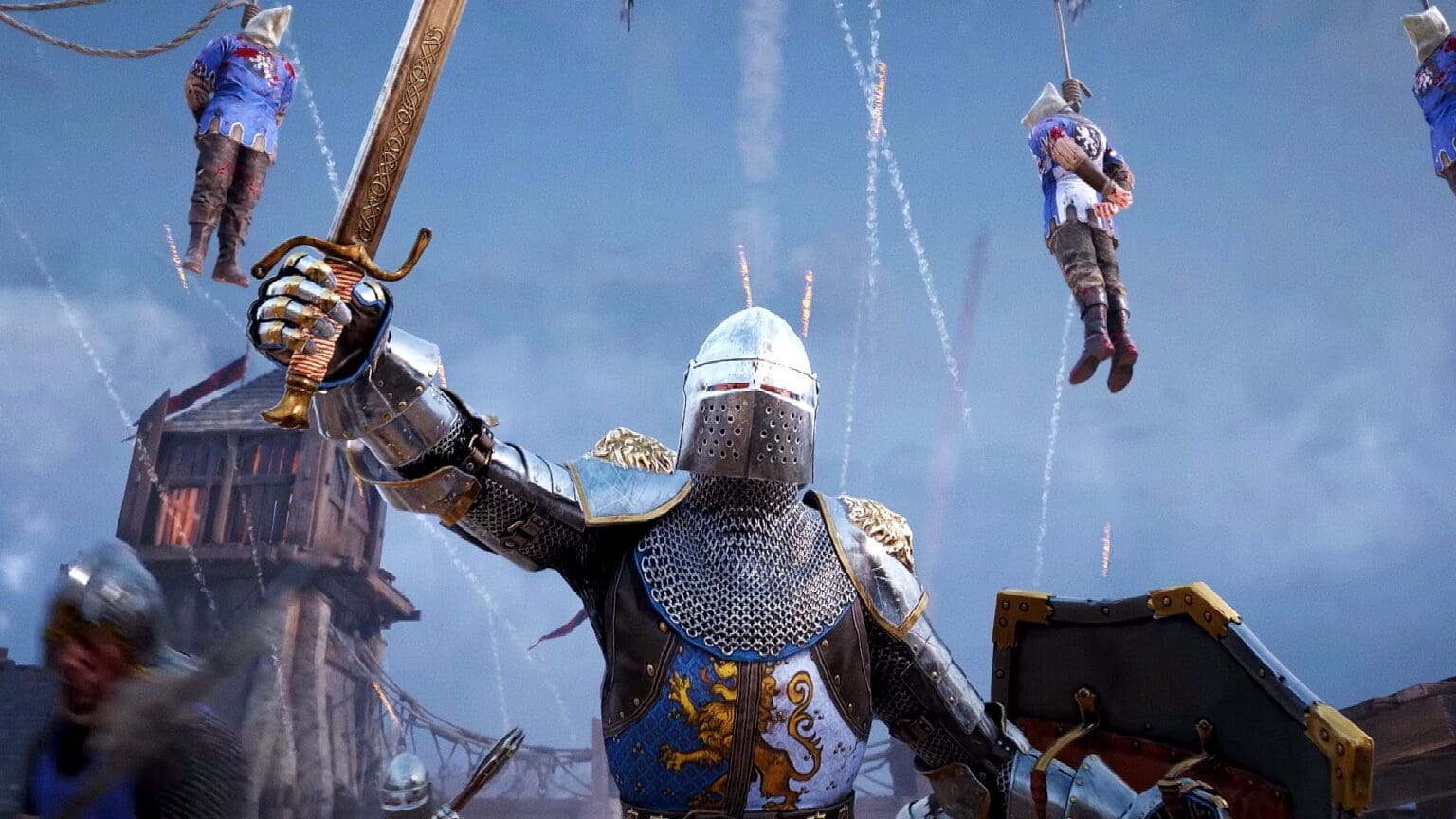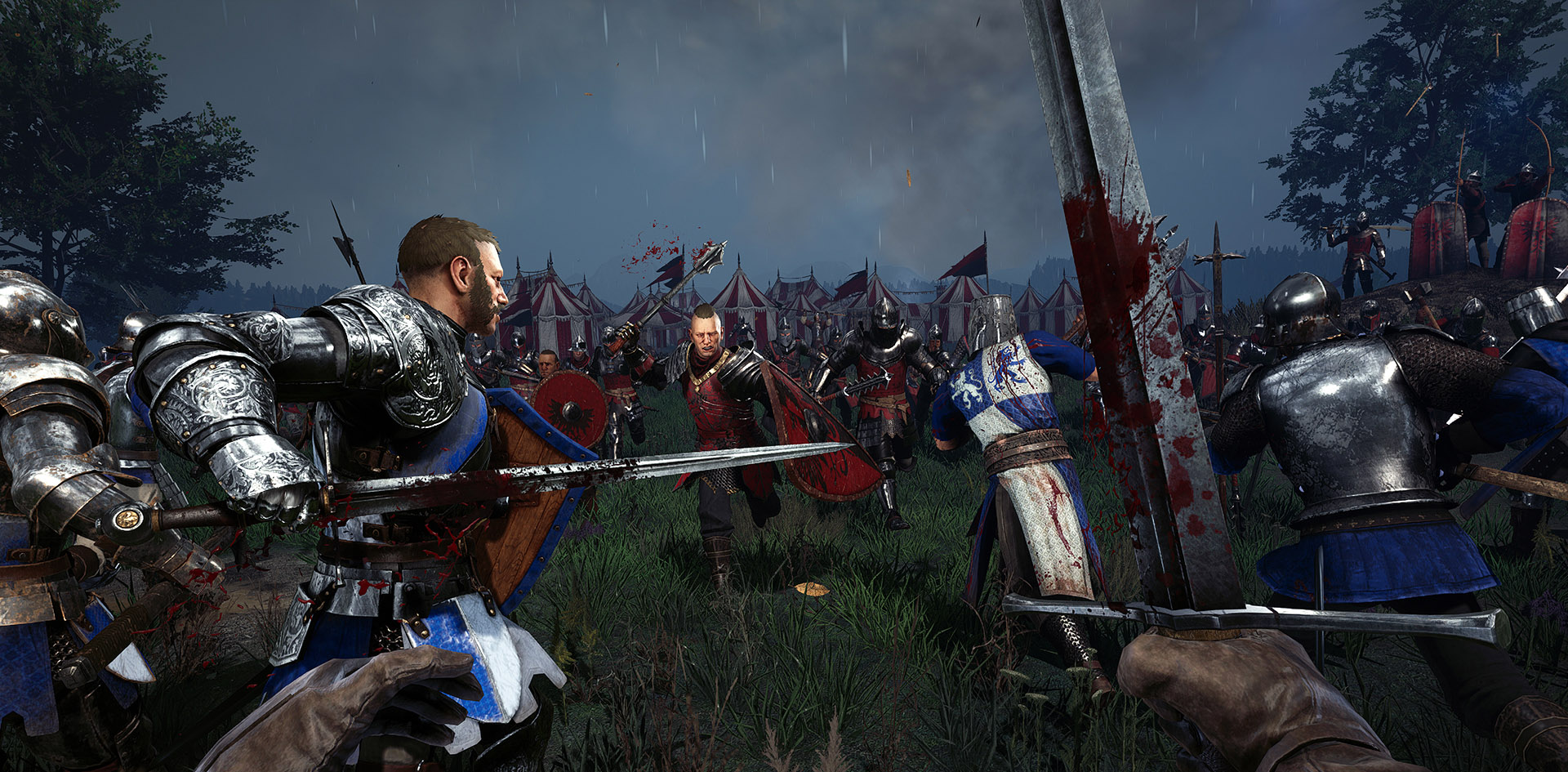

In the 15th century CE the lance was made thinner where the hand gripped it. It was only from the 14th century CE that a vamplate, first circular and then conical, was added to protect the hand carrying the lance. Lances, from around 2.4 to even 3 metres (8-10 ft) in length, were commonly made of ash or cypress and had a steel tip nailed onto the shaft. In the 14th century CE, a 'scent-stopper' variety became common which was a bulbous decorative addition. Alternatives up to the 13th century CE were the diamond shape, sphere, and the 'cocked hat' common to Viking swords. They could be plain, have a pronounced centre or even have petals. The pommels of swords were as varied as their blade designs, but the flat disc form predominated. Another continental innovation which spread to England was a finger ring in the handle for the forefinger which provided better grip. These types were made in mainland Europe where centres such as Milan and Cologne gained a reputation for quality. Both types were used in the 15th century CE. A blade with a double channel near the hilt and then a single channel or with a raised rib.Such thrusting swords often had no sharpened edge near the hilt so that a knight could safely grasp it to increase the power of the thrust. 1280 CE, it had only a short 16 cm (4 inch) grip and was designed to pierce plate armour. A blade with a flattened diamond cross-section and a pronounced tapering and point.A short wide-bladed sword primarily used for slashing but still with a tapering point.

1240 CE, they had the colourful later name of hand-and-a-half swords or 'bastards'. The blade measured around 1 metre (40 inches), the grip averaged 15-23 cm (6-9 inches). A channel ran down about half of the blade. A longer and broader blade which widened slightly towards the handle.This was the most common longsword up to the late 13th century CE. A channel running only three-quarters of the length of the blade. Double-edged with a more pronounced tapering.These longswords were known as 'great swords' or 'swords of war' and were designed to be swung using both hands on the grip. The blade could be up to 1 metre (40 inches) in length. A channel (fuller) down the centre on both sides made it lighter. If dismounted or robbed of his sword, then a knight needed to be handy with an axe, mace or, the weapon of last resort, a dagger. The martial training continued after that after all, a fit and capable knight who could move in heavy armour, cope with the limited vision offered by his helmet, and effectively wield a sword or lance stood a much better chance of riding away from the carnage that was the medieval battlefield. When fully trained, a squire could be made a knight by their lord, usually when between the ages of 18 and 21. A knight would have been practised at using the bow and perhaps even crossbow but, being deployed as part of a cavalry unit, did not usually use these weapons on the battlefield. Riding a horse at full gallop and cutting at a pell or wooden post with one's sword was another training technique. Another device was a suspended ring which the knight had to catch and remove with the tip of his lance. A knight had to hit the shield and keep riding on to avoid being hit in the back by the weight as it swung around. They practised with such devices as the quintain - a rotating arm with a shield at one end and a weight at the other. Young noble males would have been trained in weaponry from the age of around 10, and they would have become squires (trainee knights) from age 14. Proficiency in the use of weapons must have varied greatly between the professional knights and those performing a fixed-term of service. Young noble males would have been trained in weaponry from the age of around 10 & they would have become squires from age 14.


 0 kommentar(er)
0 kommentar(er)
